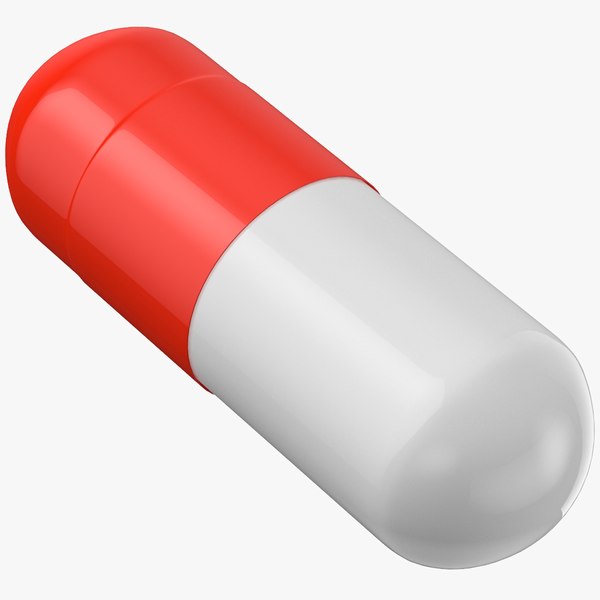Nothing To See Here. Just a Bunch Of Us Agreeing a three Basic Drug Re…
페이지 정보

본문
 Introduction:
Introduction:Dual Diagnosis refers to the co-occurrence of a mental health disorder and a compound use condition in a person. These two circumstances often occur simultaneously and can complicate the treatment procedure. This report is designed to provide a comprehensive overview of Dual Diagnosis, including its prevalence, danger aspects, impact on people, and available treatment options.
Prevalence and Risk Factors:
Studies suggest that Dual Diagnosis is typical, with an important percentage of individuals struggling with both mental health and material use disorders. Research shows that about 50per cent of people diagnosed with a severe mental illness have a substance use disorder. In addition, individuals with substance use disorders may develop a mental health disorder than those without such dilemmas.
Several risk elements contribute to the introduction of Dual Diagnosis, including genetic predisposition, ecological factors, traumatization, and your private record with mental health or substance abuse. It is vital to address these threat facets throughout the evaluation and therapy procedure assuring efficient take care of individuals with Dual Diagnosis.
Impact on Individuals:
The coexistence of mental health and substance use disorders can notably impact an individual's general well-being and well being. Double Diagnosis often leads to complex and intertwined difficulties, such as increased prices of hospitalizations, greater suicide rates, bad therapy effects, homelessness, and legal problems. More over, they may face problems within their relationships, employment, and total personal performance, which more exacerbates their particular scenario.
Treatment Options:
Effectively handling Dual Diagnosis calls for a built-in therapy approach that covers the mental health and substance usage problems simultaneously. Treatments may include:
1. Medication: Psychotropic medications will relieve outward indications of psychological state problems. Also, medications specifically made to address compound use conditions, such opioid replacement treatment or anti-craving medications, are prescribed.
2. Psychotherapy: different kinds of treatment, including Cognitive Behavioral treatment (CBT), Dialectical Behavior Therapy (DBT), and drug rehab thailand Motivational Interviewing (MI), are employed to deal with underlying problems and show coping abilities.
3. Support Groups: Engaging in support groups, like Alcoholics Anonymous (AA), Narcotics Anonymous (NA), or Dual healing Anonymous (DRA), provides people with a supporting community and support in maintaining long-lasting recovery.
4. incorporated Treatment tools: These programs provide extensive and coordinated attention by a multidisciplinary staff that features mental health specialists, addiction professionals, also medical providers. Incorporated programs make sure holistic therapy and support for people with Dual Diagnosis.
Conclusion:
Double Diagnosis is a complex problem that requires specialized approaches to efficiently address both mental health and material usage disorders. By understanding the prevalence, risk factors, and effect of twin Diagnosis, health professionals can better determine and develop appropriate treatment plans for folks struggling with this problem. Advertising analysis, raising awareness, and broadening usage of integrated treatment programs are very important tips towards increasing outcomes for everyone with double Diagnosis.
- 이전글The final word Deal On Thailand Drug Rehab 24.01.14
- 다음글berodual ohne Rezept in der Apotheke in Österreich Wo kann man duoneb ohne Rezept kaufen? 24.01.14
댓글목록
등록된 댓글이 없습니다.
